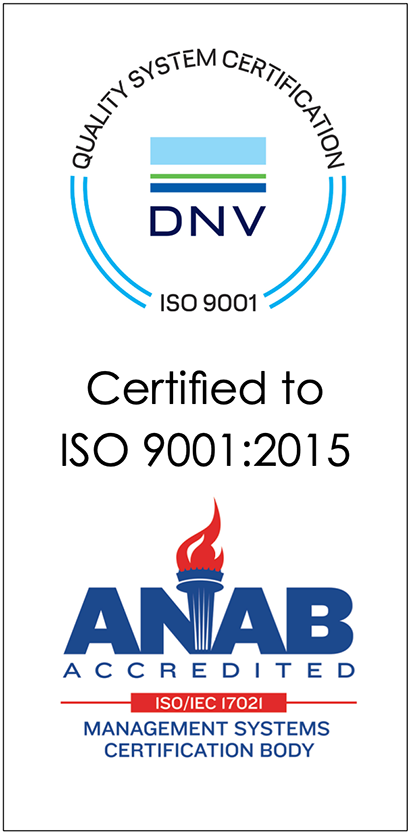A fundamental issue arises when an engineering drawing indicates that no material surface imperfections are acceptable.
What does that actually mean when you are looking at a part’s surface?
If you look closely enough at any surface, you will find flaws, even in the most precise metal fabrication. From a microscopic point of view, virtually every material has surface issues under extremely high magnification.
When asking for a surface to be “free of defects,” drawings often fail to specify how closely a part’s surface should be examined.
So, how can you overcome issues of material surface imperfections?
Apply these four steps.
1. Determine the magnification ratio
Indicate the magnification ratio on your drawing, so you and your vendor will have an agreed-upon level at which to measure. However, be sure you’re not asking for surface finish processing that exceeds your requirements.
2. Consider the Angle of the light source
The angle of the light can cause shadows and reflections that may increase or decrease the perceived size of draw lines, cracks, gouges, dents, and other surface finish imperfections. The angle can also change the appearance or hide the presence of discolorations.
3. Identify the color temperature of the light
The color temperature of the light is a more comprehensive way of looking at a light source. Differences in the color temperature can affect the appearance of a part’s surface and make for inconsistencies in visual inspections, photographs, or videos.
4. Consider the presence of light
You should also consider the presence of light, or more specifically, the absence of light as in the case of a Scanning Electron Microscope.
Thinking about it now helps to ensure quality later.
Considering the material surface, the magnification ratio, and how they relate to the requirements of your end use will not only help you avoid problems, but also help ensure that your parts will pass inspection and meet your needs.





